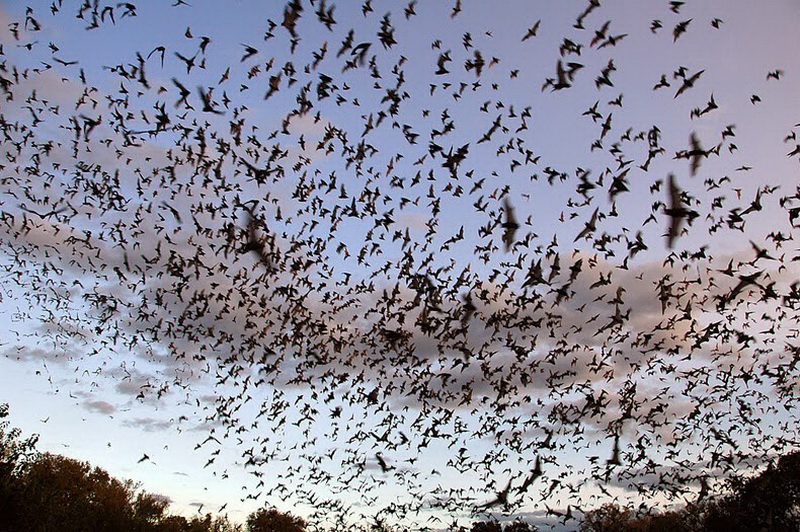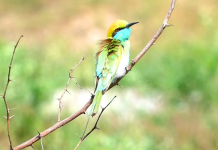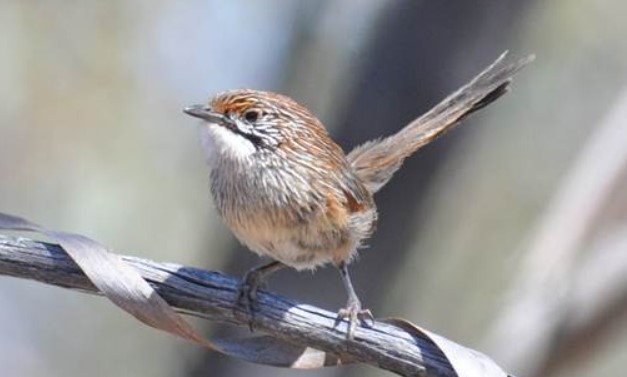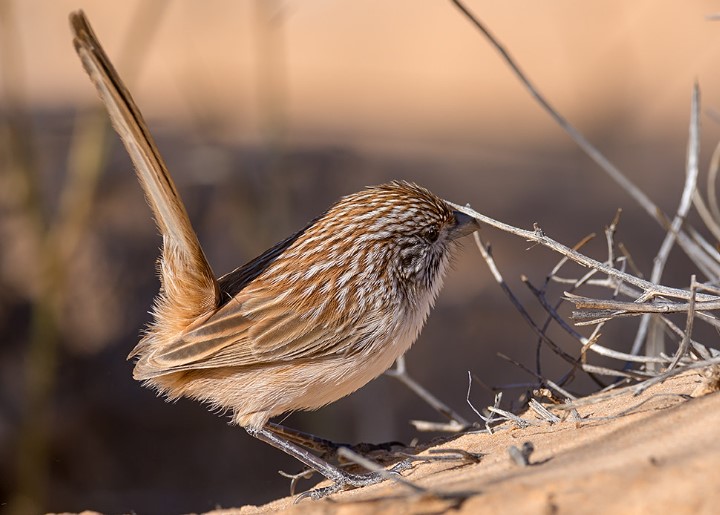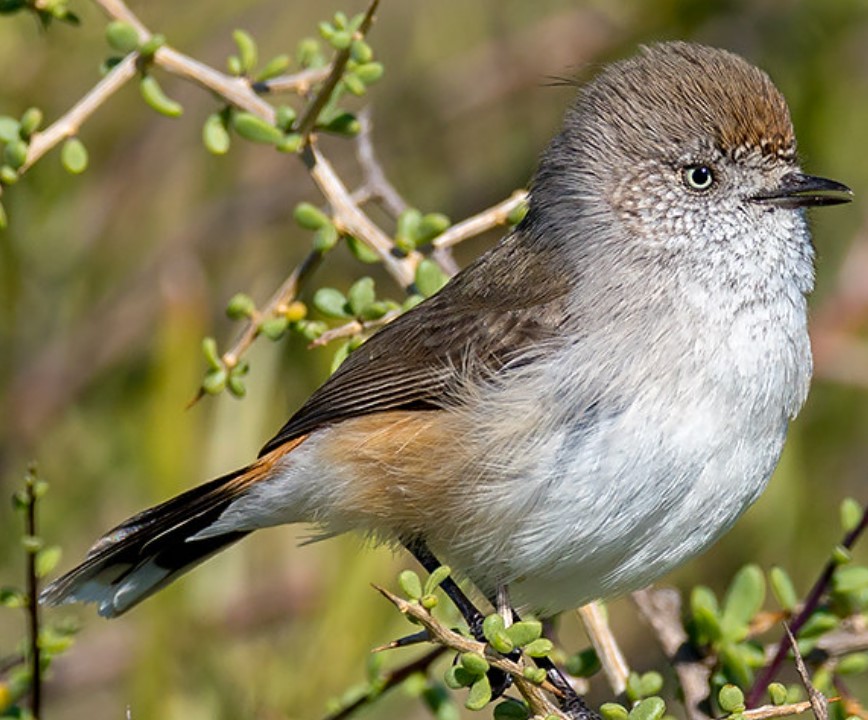/ month
placeholder text
Post List
Editor's Picks
Thousands of Giant Jellyfish Appear in Swarms off Britain Coast
Thousands of Giant Jellyfish Appear in Swarms off Britain’s...
Hunga Tonga Hunga Ha’apai – Unique Island Appears Now Where in the South Pacific?
Hunga Tonga Hunga Ha'apai Island appears now where in...
Magnificent Interactive Cloud Lamp
Magnificent Interactive Cloud Lamp Will Bring A Thunderstorm Into...
The History of Chromatography
The History of Chromatography is very interesting to know. But...
Northumberlandia – The Lady of North East England
Meet the supine, the Lady of the North the...
Water Tower Converted Into Livable Home
A 30-meter-high water tower was converted into a livable...
Composite Image of the Blood Moon Lunar Eclipse
Composite Image of the Blood Moon Lunar Eclipse -...
Astonishing Images of Frozen Lighthouse on Lake Michigan
Astonishing Images of Frozen Lighthouse on Lake Michigan -...
Don't Miss
China’s first Ecological Overwater Road
China’s first Ecological Overwater Road
These days, no country can...
Tree Sparrow (Passer montanus)
Since the introduction of the Tree Sparrow (Passer montanus)...
The Wedge-tailed Eagle: Australia’s Largest Bird of Prey
FAMILY: The Wedge-tailed eagle (Aquila audax) is not only...
Maximizing the Efficiency of Your Solar Installation
Maximizing the Efficiency of Your Solar Installation
The goal of...
Yellow-spotted honeyeater (Meliphaga notate)
Yellow-spotted honeyeaters (Meliphaga notate) are endemic to northern and...
Real Estate Consultation: Expert Strategies for Navigating the Complex World of Property Investment
Real Estate Consultation:
Real estate investing is a complicated and...
Llangernyw Yew – The Oldest Living Thing in Europe
The Llangernyw Yew is an ancient yew in the...
Pink Trumpet Tree Tabebuia heterophylla
The eye-catching Pink Trumpet Tabebuia heterophylla Tree grows at...
The Abundance Beauty of Winter Landscape
The world has never ceases to awe and motivate...
The Mysterious Stones of Pokaini Forest
There’s a charming sense of spirituality that sets in...
Charismatic Planet © 2024 . All Rights Reserved.




